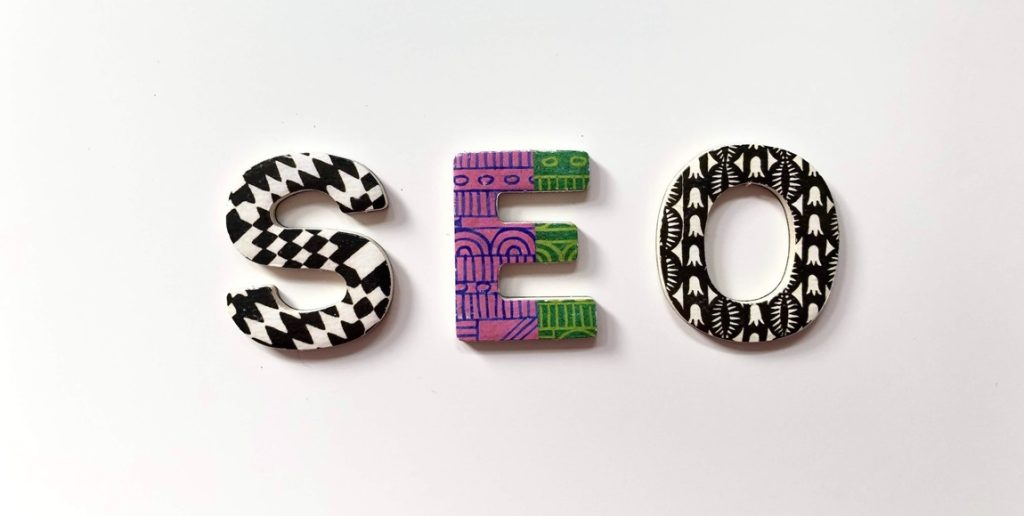Alt Text SEO: Why It Matters and How to Optimize It
In the world of search engine optimization (SEO), every detail matters. One often overlooked but critical component is alt text (alternative text). By optimizing alt text, you can significantly enhance your website’s accessibility and search engine rankings. In this article, we’ll dive into what alt text is, why it’s important, and how you can craft alt text that boosts your image SEO and overall website performance.

What Is Alt Text?
Alt text, short for alternative text, is a written description added to an image’s HTML code. If an image fails to load due to a technical issue or slow internet connection, the alt text will appear in its place, ensuring users still understand the image’s context.
Alt text serves two primary purposes:
1. Accessibility
Alt text provides visually impaired users, who rely on screen readers, with a description of the image. This enables these users to fully engage with the content on your site, making it more inclusive and ensuring compliance with accessibility standards like the Web Content Accessibility Guidelines (WCAG).
2. SEO (Search Engine Optimization)
Search engines use alt text to understand and index images, improving your site's visibility in search results. Properly optimized alt text helps search engines associate your images with relevant keywords, increasing their discoverability in image search results.
Why Is Alt Text Important?
1. Improved Accessibility
Adding alt text makes your website inclusive by enabling visually impaired users to understand your content. For example, if your website includes an image of a product, the alt text allows users with visual impairments to know what the product looks like. Accessibility is not only a moral responsibility but also a legal one in many regions. Websites that fail to provide accessible content risk lawsuits and losing a segment of their audience.
2. Enhanced Image SEO
Search engines like Google can’t “see” images, but they can read alt text. By providing clear and descriptive alt text, you help search engines accurately index your images. This increases the likelihood of your images appearing in Google Image Search results, which can drive additional traffic to your site. For businesses, this can translate into increased brand visibility and conversions.
3. Better User Experience
When images fail to load due to slow connections or technical issues, alt text ensures users still understand the context of the content. This can prevent frustration and ensure that your website delivers a seamless user experience, even in less-than-ideal circumstances.

4. Higher Organic Traffic
Images optimized with proper alt text often rank higher in search results, especially in image search. This additional visibility can result in more clicks and organic traffic to your site. For e-commerce businesses, this can mean more opportunities to showcase products and increase sales.
Why Alt Text Is Crucial for Businesses in Malaysia
In the fast-paced digital world we live in, businesses in Malaysia really need to pay attention to every detail of their online presence — and that definitely includes images. A lot of companies tend to underestimate the importance of alt text, but it is crucial for both accessibility and boosting search engine visibility. Adding proper alt text is not just a minor adjustment. It is a fundamental part of a solid SEO strategy in Malaysia.
Search engines like Google use alt text to figure out what an image is all about. This is especially vital for businesses aiming at local customers, as well-optimized images can help your website show up in local search results. Whether you are running a cozy restaurant in Kuala Lumpur, a trendy fashion boutique in Penang, or an innovative tech startup in Johor, putting some effort into image SEO in Malaysia can really set you apart from the competition.
By weaving alt text into your broader search engine optimization efforts in Malaysia, you can draw in more local traffic, enhance user experience, and climb higher in image-based search results — all of which lead to increased visibility and better engagement with your target audience.
Best Practices for Writing Alt Text
Crafting effective alt text requires a balance of descriptiveness and keyword usage. Here are some tips:
1. Be Descriptive and Specific
Your alt text should clearly describe the image’s content in a way that is meaningful to users and search engines. Avoid vague descriptions and strive to provide enough detail for someone to understand the image without seeing it. For example:
Poor: “Image of a laptop”
Better: “A silver MacBook Air on a wooden desk with a cup of coffee beside it”
This level of detail helps users visualize the image and provides context to search engines.
2. Incorporate Keywords Naturally
Alt text is an excellent place to include keywords relevant to the page’s content, but avoid keyword stuffing. Use keywords in a way that feels natural and aligns with the image’s purpose. For example:
“Infographic showing the top strategies for image SEO optimization”
This approach enhances your image’s relevance to search queries without sacrificing readability.
3. Avoid Redundancy
Skip phrases like “image of” or “picture of” since screen readers already announce that it’s an image. Instead, dive straight into describing the content.
4. Keep It Concise
Alt text should be brief yet informative, ideally under 125 characters. This ensures it is concise enough for screen readers to process efficiently while still providing meaningful information.
5. Make It Relevant to Page Content
Ensure your alt text aligns with the surrounding content. Irrelevant or mismatched descriptions can confuse users and search engines, reducing your credibility and SEO effectiveness.
Common Mistakes to Avoid
1. Keyword Stuffing
Overloading alt text with keywords can harm your SEO by making the text appear spammy. Instead, focus on creating natural and descriptive text that integrates keywords subtly.
Bad: “SEO tips, SEO guide, SEO strategy”
Good: “Diagram illustrating effective SEO strategies for improving website rankings”
2. Using Alt Text for Decorative Images
For purely decorative images that don’t convey important information, use empty alt attributes (alt=””). This prevents screen readers from wasting time on irrelevant content and improves the overall user experience.
3. Leaving Alt Text Blank
Images without alt text miss opportunities for accessibility and SEO improvements. Always provide alt text unless the image is purely decorative.
How Alt Text Fits Into Image SEO
Optimized alt text is one piece of the larger image SEO puzzle. To maximize results, combine it with these practices:
Use Descriptive File Names: Rename your image files with meaningful keywords before uploading. For instance, use “image-seo-tips.jpg” instead of “IMG1234.jpg.” This reinforces the content’s relevance to search engines.
Compress Images: Large image files can slow down your website, negatively impacting SEO. Use tools like TinyPNG or ImageOptim to compress images without sacrificing quality.
Add Captions: While not mandatory, captions provide additional context and can improve user engagement. Search engines also consider captions when indexing content.
Structured Data: Implement schema markup to enhance how search engines interpret your images, making them more likely to appear in rich results.
How to Write Effective Alt Text (With Malaysian Context)
Writing effective alt text is not just about throwing in random keywords. It is really about creating helpful and accurate descriptions that assist both users and search engines. When it comes to SEO in Malaysia, having high-quality alt text is crucial for boosting your website’s image discoverability, especially if you are aiming at local audiences.
A straightforward yet powerful guideline is to clearly describe the image and connect it to your page content. For example, if you are discussing travel in Malaysia and you feature a photo of the Petronas Twin Towers lit up at night, your alt text could be: “Petronas Twin Towers glowing against the night sky in Kuala Lumpur.” If your site highlights traditional culture, an image of a performer at a local festival might be described as: “Performer in traditional Baju Melayu dancing during the Hari Raya celebration.”
These kinds of descriptions not only enhance image SEO in Malaysia but also serve search users who are on the lookout for locally relevant content. It is best to steer clear of generic or vague alt text like “image123.jpg” or simply “picture,” as they do not add any SEO value and fail to provide accessibility benefits.
Keep it natural. Avoid cramming in keywords where they do not fit. Instead, concentrate on writing alt text that accurately reflects the image content and aligns with the topic of your page. When this small detail is in sync with your overall SEO strategy for Malaysia, it can lead to better rankings and a more enjoyable experience for everyone.
Conclusion
Optimizing alt text is a small but impactful step toward improving your website’s accessibility, user experience, and SEO performance. By following the best practices outlined in this article, you can ensure your images contribute positively to your overall SEO strategy. Each optimized image is an opportunity to enhance visibility, attract more visitors, and create a better experience for all users.
Remember, every image on your website holds potential. Don’t let it go to waste—start crafting effective alt text today and watch your image SEO efforts yield long-term benefits.